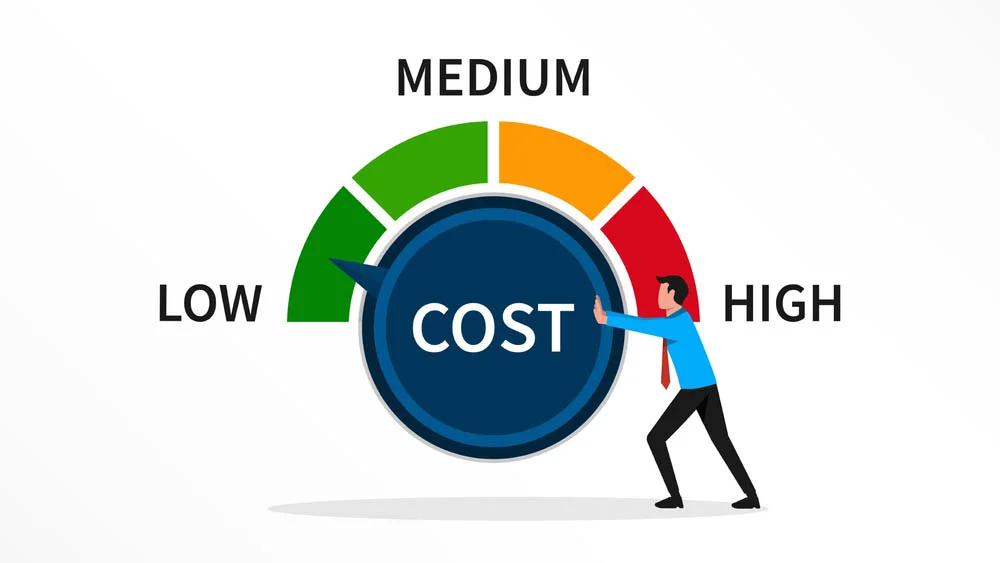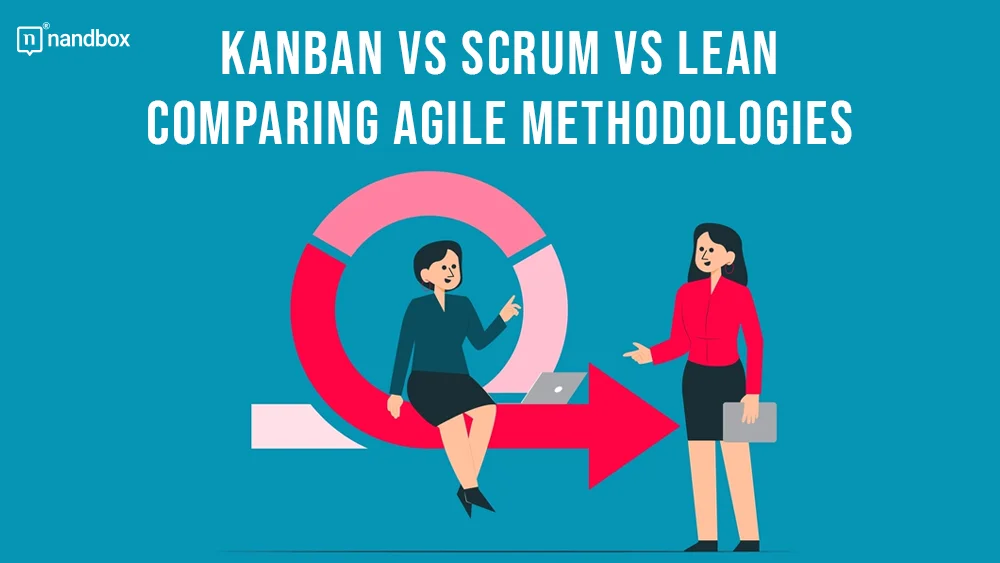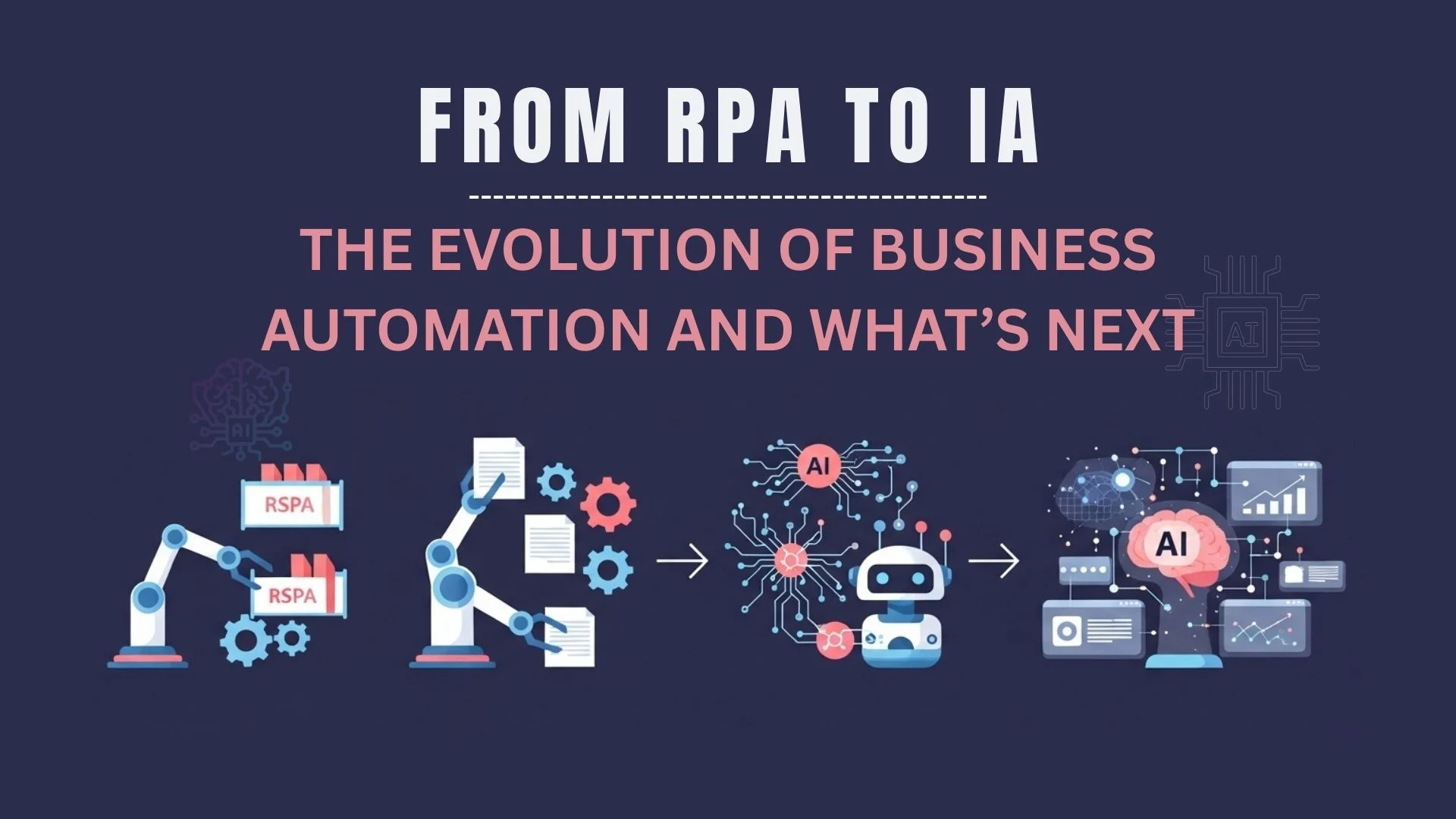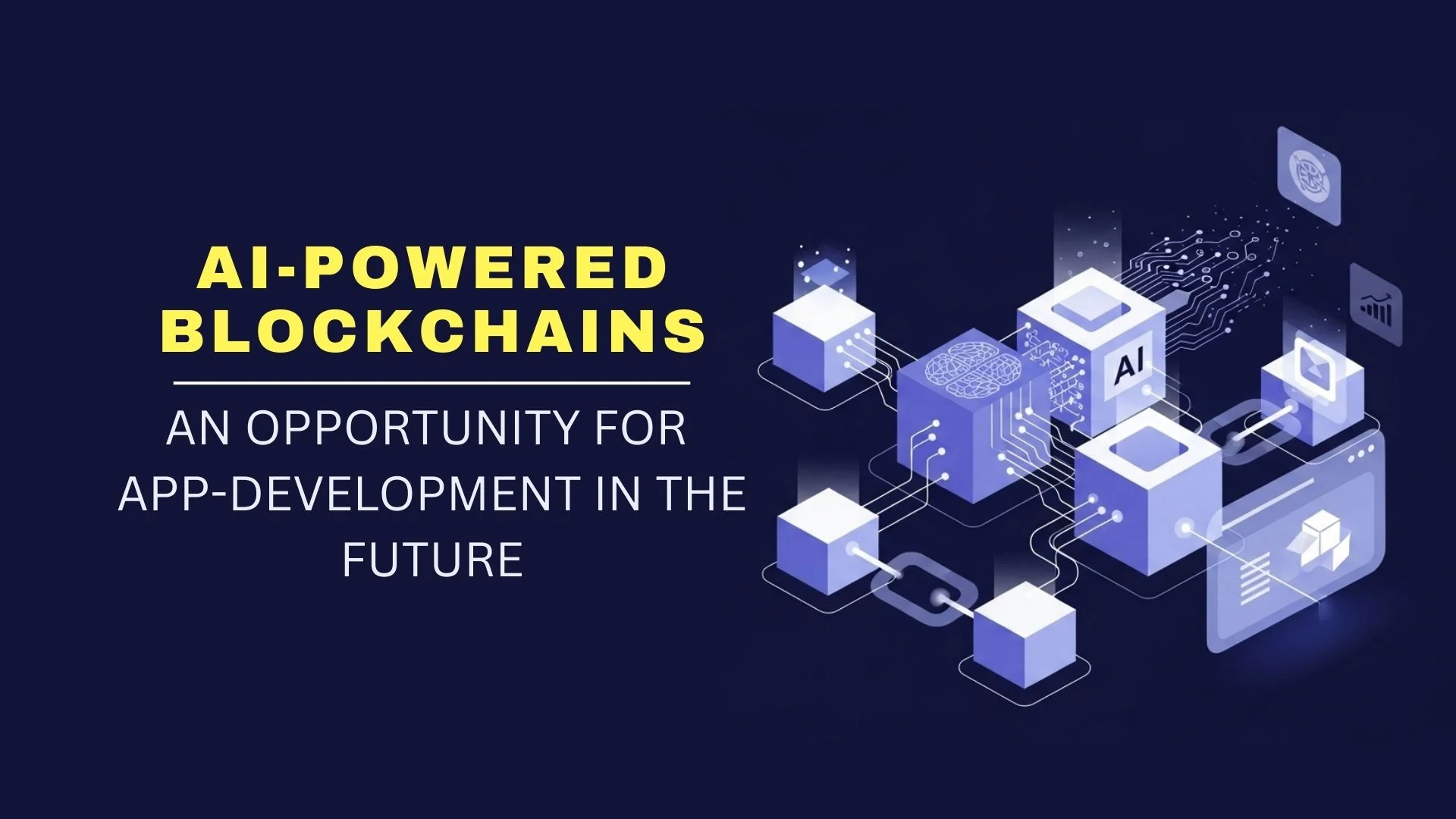In the dynamic world and ever-evolving world of app development, choosing the suitable methodology can contribute significantly to your app’s and development team’s success. App development methodologies continue to clash as businesses compete for speed and adaptability. Main contenders in this race include Kanban, Scrum, and Lean, all of which present their unique ways of approaching difficult projects. In this detailed article, we’ll explore and examine the differences between Kanban vs Scrum vs Lean. This can help you choose the approach that best fits your team’s needs and goals. Whether you’re a veteran or just getting started with app development, this article will help you better understand the key differences to prosper and accomplish great success.
Is Choosing a Suitable App Development Methodology Important?
App development methodologies are specific frameworks or something like a map that developers could follow for each of their projects. App methodologies help give a certain and organized structure to any development process to ensure its effectiveness and efficiency. It is also worth mentioning that app development methodologies are a major part of any software development life cycle, which all developers put great emphasis on. But why is that? Well, an app development methodology ensures that each part of the development process is covered entirely. From planning and developing to testing and deployment, nothing is overlooked and is properly conducted.
Now let us answer the most important question: Is choosing a suitable app development methodology necessary for the effectiveness of the project? The answer is ABSOLUTELY!
Let us start by saying that app development methodologies differ significantly in terms of everything, even the number of employees involved. This, of course, makes choosing the suitable app development methodology a must for any development team. For instance, an app development methodology can impact the app quality significantly. As some methodologies take the direction of emphasizing business goals rather than users, others do the opposite. This, of course, will have a major impact on the final product in terms of quality and characteristics.
Additionally, you would need to choose a methodology that aligns well with your resources to avoid going over them. Each methodology has different requirements, such as time needed, effort, number of developers, budget, etc. Such aspects have to be taken into consideration to be able to allocate your resources efficiently.
What is Scrum Agile Methodology?
Starting with the scrum app development methodology. Scrum is known as the most flexible methodology by many developers around the world, as they claim that it is the most adaptable approach. This approach is based on the idea of satisfying users as much as possible. The scrum team involves three main components: an app owner, a scrum master, and a development team.
The three parties work together as a big team; they have to complete each other like a puzzle to be able to accomplish the goals of the development process. The first part of the scrum team, which is the app owner, is responsible for listing the ideal app features and functionalities. This list is based on gathering and analyzing user feedback and reviews. The scrum master is responsible for establishing a room for and facilitating communication between the development team. Lastly, the development team takes care of implementing the said features and developing the whole app. The app development process in the scrum methodology is made up of small parts, each having a certain task. This way, executing each task is easier and more efficient, and it speeds up the development process to a great extent.
Pros and Cons Scrum Methodology
Pros of Scrum Methodology:
Iterative Development
Scrum breaks down the project into short cycles called sprints that can be completed with relative ease. With this method, updates and adjustments can be made regularly.
Customer-Centric Approach
The early and continuous delivery of value to the customer is a core principle of Scrum. This can increase customer satisfaction by making sure the product is tailored to their requirements.
Transparency
The early and continuous delivery of value to the customer is a core principle of Scrum. This can increase customer satisfaction by making sure the product is tailored to their requirements.
Faster Time to Market
By producing potentially shippable increments at the end of each sprint, Scrum reduces the lead time for new features and updates to be released to customers.
Adaptability
Scrum is well-suited to projects with ever-evolving requirements because of its high adaptability and the speed with which it allows teams to respond to shifting requirements and priorities instantly.
High Collaboration
Scrum promotes close teamwork, which boosts efficiency in areas such as communication, problem-solving, and shared project ownership.
Motivated Teams
The increased freedom and accountability granted Scrum’s self-teams were well enough for motivation and satisfaction in the workplace. This helps improve productivity, which in turn can result in high-quality final products.
Cons of Scrum Methodology:
Lack of Predictability
A challenge for business owners who need firm deadlines is that Scrum’s emphasis on adapting to change can lead to less solidity and predictability in terms of the project’s planned schedule.
Complexity for Small Projects
If your project is relatively straightforward, the Scrum framework could end up adding unnecessary complexity and slowing you down.
Emphasis on Time and Tasks
Scrum’s strict time constraints and focus on tasks may not be appropriate for all jobs or projects, especially those with a less predictable workflow. That is why flexible projects with fluctuating needs may not be suitable for scrum methodology.
Continuous Commitment
Scrum requires frequent meetings and reviews, which could be seen as time-consuming by team members. However, the process also encourages open communication and collaboration.
What is Lean Agile Methodology?
Now moving on to lean in the Kanban vs Scrum vs. Lean comparison. And a fun fact: this approach originated from Toyota! Yes, the renowned car manufacturing company The company used this approach for years and years as it proved it was an effective way to organize and control the manufacturing process. Despite being this successful, it wasn’t considered a way to develop apps until the early 2000s. Since then, it has been widely used by many organizations and businesses. The main concept of lean app development methodology is prioritizing reducing waste and efficiency more than anything else.
Additionally, it also focuses on increasing productivity and maximizing the value that the app would provide to users. What waste means in the lean methodology is any process or element that would add any value to the final product. For instance, if the development team found that element X wouldn’t have any impact on the sure experience, then it wouldn’t be added. This is applied not only to features but to every element and process involved in the app development process. The final product and app resulting from lean methodology have to have three main characteristics: Cost-effective, valuable, and functional.
Pros and Cons of Lean Methodology
Pros of the Lean App Methodology:
Waste Reduction
The goal of lean is to find and get rid of any unnecessary steps in a procedure. As a result, processes become more streamlined, and less resources are wasted.
Customer Value
The pursuit of customer satisfaction is at the core of the Lean methodology. In most cases, focusing on the customer is even the main priority more than any aspect of the development process. This leads to happier and more satisfied clients.
Continuous Improvement
To maximize efficiency, Lean encourages its supporters to adopt a “culture of continuous improvement,” in which processes are reviewed and adjusted frequently.
Cost Reduction

Lean is a popular choice among businesses that want to save money because it reduces expenses by eliminating waste and enhancing efficiency.
Flexibility
The principles of lean manufacturing can be applied in a variety of business sectors, and the methodology can be adapted to fit several different process types. This makes it a versatile approach and that is why it is applied by many.
Cons of the Lean App Methodology:
Cultural Shift
The adoption of lean principles typically necessitates a substantial shift in the organizational culture of the company. This can be difficult and time-consuming to accomplish, especially for small businesses.
Limited Framework
The Lean approach does not offer a comprehensive framework or methodology for the management of projects or the development of software. On the contrary, It provides basic guidelines but not specific instructions on how to put them into practice.
Inadequate for Highly Regulated Industries
In industries with strict regulations or compliance requirements, the flexibility of Lean may not be suitable, as it may require more documentation and process controls.
Lack of Standardization
Lean’s focus on flexibility and adaptation can result in a lack of standardization, which may be necessary in certain contexts for quality control.
Overemphasis on Efficiency
In pursuit of efficiency, Lean may overlook other important factors like innovation, which can be a drawback in industries where innovation is crucial.
What is Kanban Agile Methodology?
Lastly, in the Kanban vs Scrum vs. Lean comparison, comes the Kanban methodology. Similar to Lean, Toyota also created the app methodology known as Kanban. Apparently, as they are great at manufacturing cars, they are also good at coming up with effective development methods. Kanban also didn’t start for applications, and it wasn’t discovered as a potentially ideal app development methodology until very recently in 2010. The word is derived from a Japanese word that has the same pronunciation and means signboard. Kanban relies 100% on visualization and workflows. But who is that? Let me tell you.
The Kanban app methodology always starts with a “Kanban board.” On this board, the development team will start breaking down their project into three main categories: to-do, in-progress, and completed work. This division of tasks makes the team more focused and organized on what needs to be done and what will come next. The Kanban methodology usually puts a major emphasis on working continuously to limit and complete work in progress.
As much as the Kanban app development method puts much focus on continuous work, it also prioritizes accomplished work according to a certain capacity. For instance, if the completed work capacity for a day is to accomplish only two tasks in progress, then this is it for the day. That’s because it prevents certain statuses from becoming overloaded by limiting the maximum number of tasks that can be in each. Kanban is known to be a compact and lightweight version of the scrum methodology. Both emphasize continuous work and breaking down the project into small parts, but each in a different way.
Pros and Cons of Kanban Methodology
Pros of the Kanban App Methodology:
Improved Visualization
On visual boards, cards or tickets serve as representations of tasks or work orders in Kanban. This diagram allows developers to quickly grasp the process, spot problems, and monitor developments.
Reduced Multitasking
Kanban is designed to discourage multitasking by imposing limits on the number of work-in-progress (WIP) items at any given time. This can result in a workplace that is more focused and productive.
Improved Communication
The members of the team are able to communicate and collaborate more effectively. This is due to the daily meetings and the regular reviews that are a major part of the Kanban system.
Easy to Learn
In comparison to other methodologies, such as Scrum or Agile, Kanban is relatively straightforward to learn and put into practice. Because of this, it can be utilized by a wide variety of different teams and industries.
Cons of the Kanban App Methodology:
Limited Planning
Kanban does not offer a transparent organizational framework for planning. If it is necessary to carry out both long-term planning and detailed planning for each task, other methodologies, such as Scrum, may be more suitable.
Resistance to Change
There is a possibility that team members and management will oppose the implementation of Kanban due to its flexibility and unfamiliarity. This happens, particularly in establishments that are adapted to using more conventional or structured methods.
Risk of Overloading Teams
In the absence of strict WIP limits, there is a risk of overburdening teams with an excessive amount of work. This can result in decreased efficiency as well as employee burnout.
Kanban vs Scrum vs. Lean: Final Thoughts
To wrap up this great comparison of Lean vs. Scrum vs. Kanban, we can say that the three approaches differ to a significant degree. Although the three methodologies have some things in common, such as scrum and kanban methodologies, they are very different at their core. For instance, lean and kanban have a common goal, which is reducing waste. However, lean methodology does that by overlooking elements and processes that wouldn’t add value to the final product.
On the other hand, Kanban does that by limiting the number of works in progress and the number of times each part on the Kanban board is done each day. This would result in overproduction, which in turn reduces waste. Each Agile methodology has its way of doing things, its process, and its approach. And while all can work effectively, it is important to align your project requirements with ones that would be beneficial and help you maximize the value that you would provide your users.





